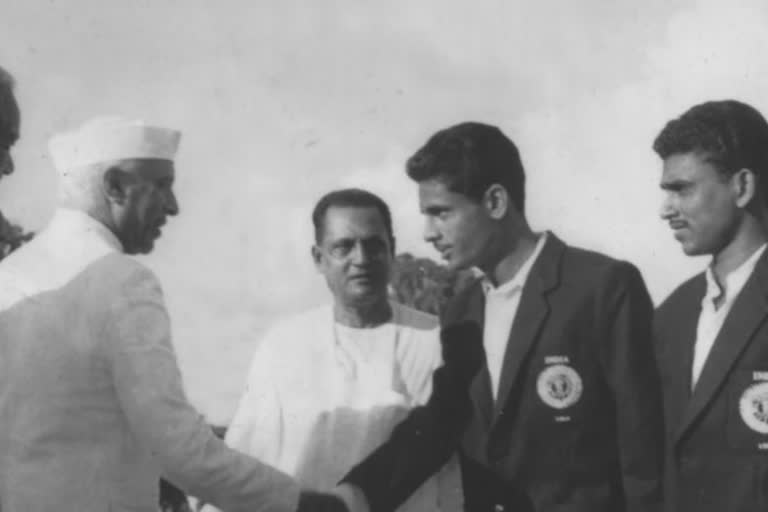Hyderabad: The famed Melbourne Cricket Ground (MCG) is renowned for its cricketing history. It has the distinction of hosting the cricket’s first Test match, played between Australia and England, with Dave Gregory-led Aussies prevailing over the English. Over the centuries this colosseum sort of stadium has witnessed many remarkable cricket matches. But the Melbourne Cricket Ground, outrageously named after a game despite having a rich history of hosting multiple sports and events, is not merely known for cricket. Cricket at MCG is an incomplete story.
The Big G, as MCG is known now, in fact, the main venue for the 1956 Olympic Games. Hence, categorising MCG as a cricket arena alone will not complete its iconic stature. Among its many remarkable sights, from the Indian perspective, was hosting the Indian national football team in the Olympic bronze medal match. It was when the Indian cricket team was still taking baby steps into the game.
India lost to Bulgaria in the bronze medal match, but a feat was achieved as the ‘Brazil of Asia’ — as India was called then because of the captivating football they played — enjoyed their finest hour in international football finishing with an honourable fourth position.
The splendid achievement, which though could have been even better had the bronze was won, marked the rise of Hyderabad’s Magnificent Seven. It showed how diverse Indian football was back in the 1950s. Lost in the struggle of time, Hyderabad football then was considered one of the powerhouses of Indian football.
The City of Nizams, as Hyderabad is referred to, produced numerous football icons who over the last 50 years of the 20th century shone brightly for India in international events, and in 1956 seven of its boys took India to the pinnacle of its footballing history, a fourth-place finish in the Olympics in an era when International Olympic Committee was yet to implement the age cap rule.
Though they could not make it to the podium, their achievements have always been highly regarded both in Indian and international football. Then a FIFA official Stanley Rous, who would later become the president of the world football governing body, was stunned to see the rise of Indian football in the international arena. He was amazed not because India played the semi-final in the Olympics, but because four years back India was a "barefooted team". So, his question was how a team could adapt to boot within four years of preparations.
Rous could not believe his eyes, so he entered the Indian dressing room with an earnest will to know how India made this tremendous progress in such a short time. He inquired about the coach of the Indian team. Rous was introduced to Syed Abdul Rahim, but he refused to accept the fact that a school teacher had made Indians play in boots.
Ahmed Hussain, aka Lala, was among the last few survivors of that 1956 glory. A technically sound Hyderabadi defender, known for hard tackling and neat man-marking, succumbed to COVID-19 infection on April 16 at his Bengaluru residence at the age of 89.
Born in 1932, being a jewel of Hyderabad football it was obvious for Hussain to play for legendary Hyderabad City Police, a team that was managed by the Indian national team’s Hyderabad based coach Rahim.
